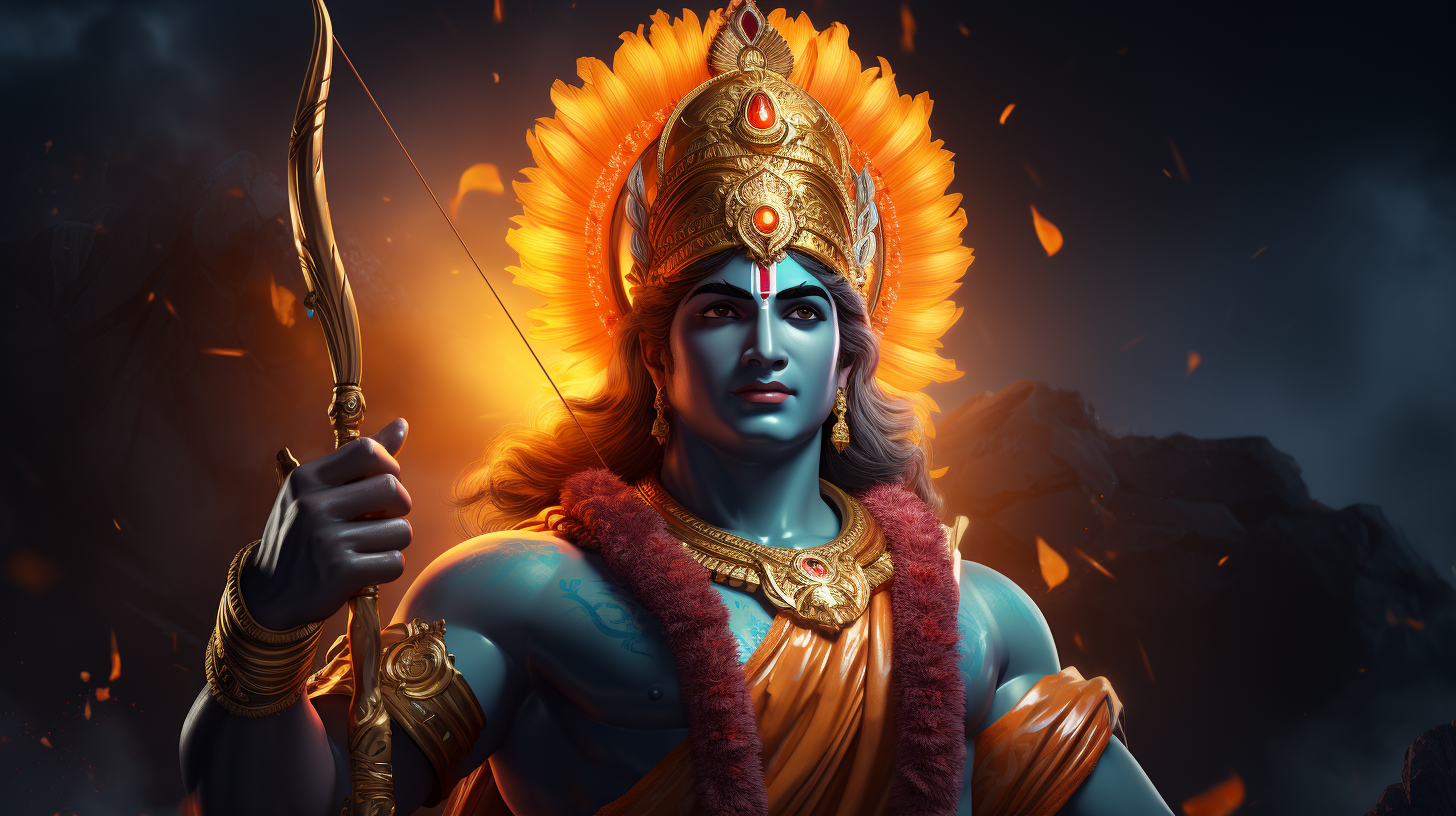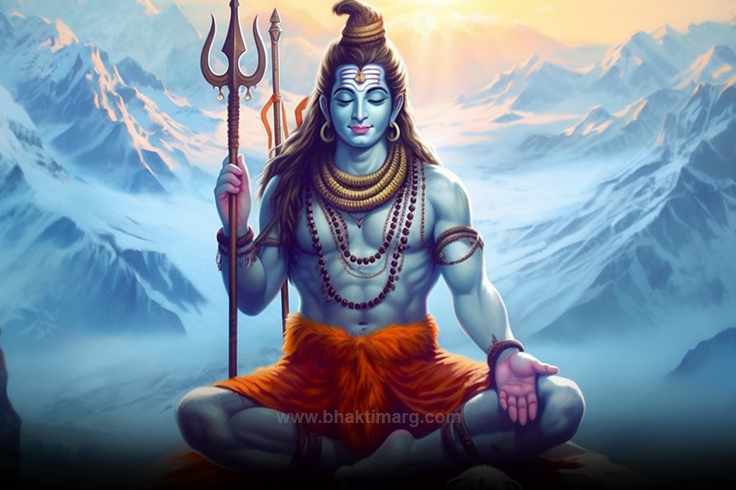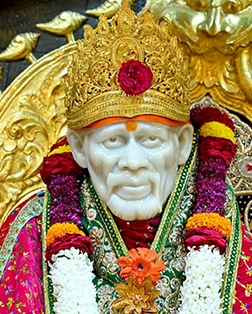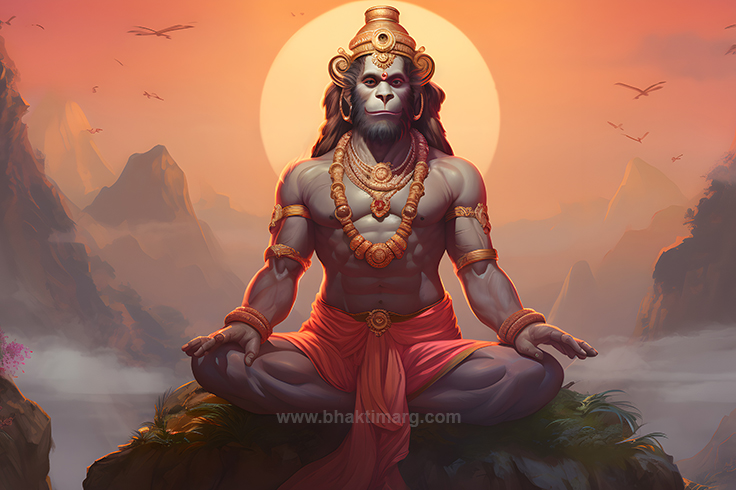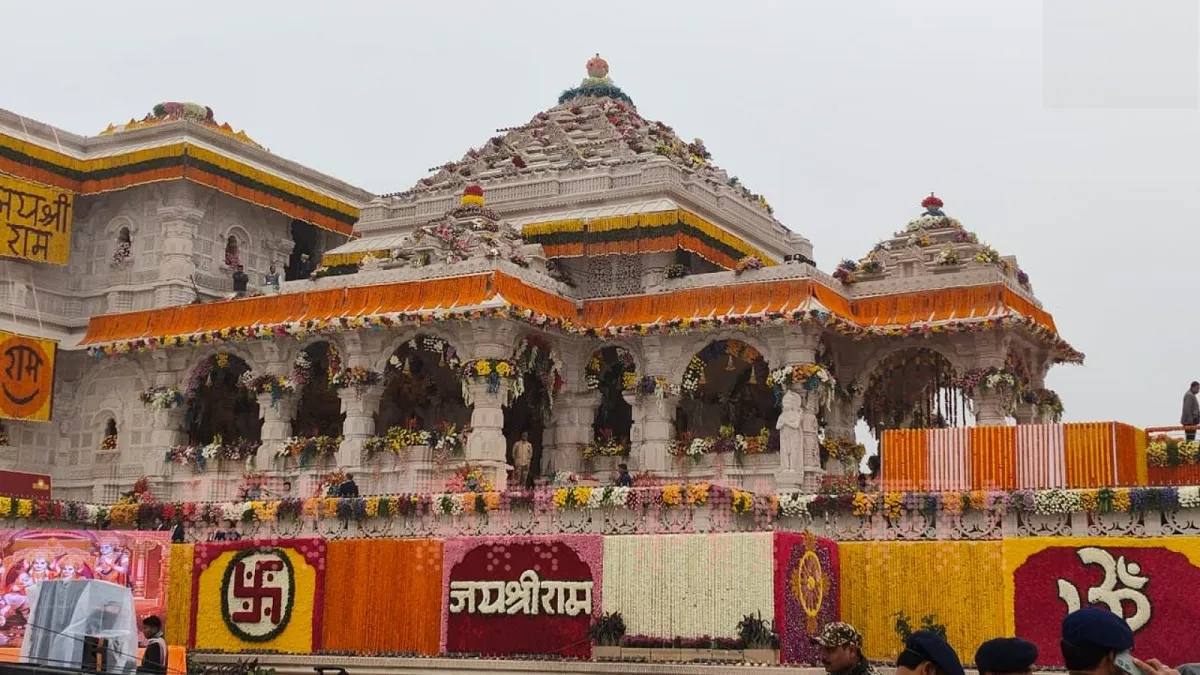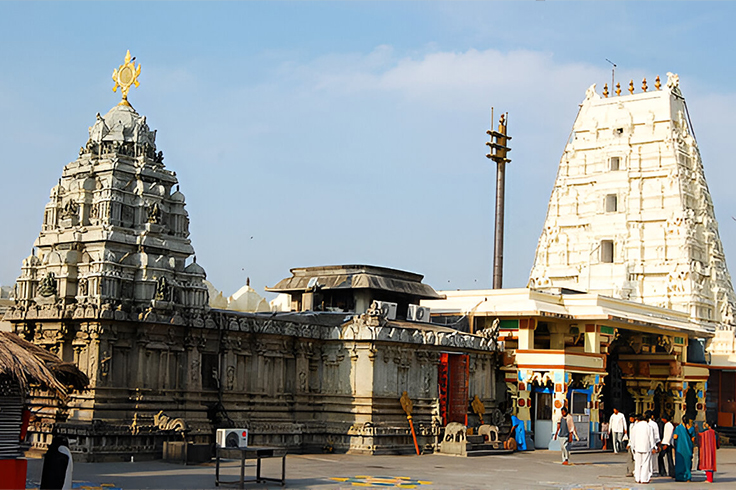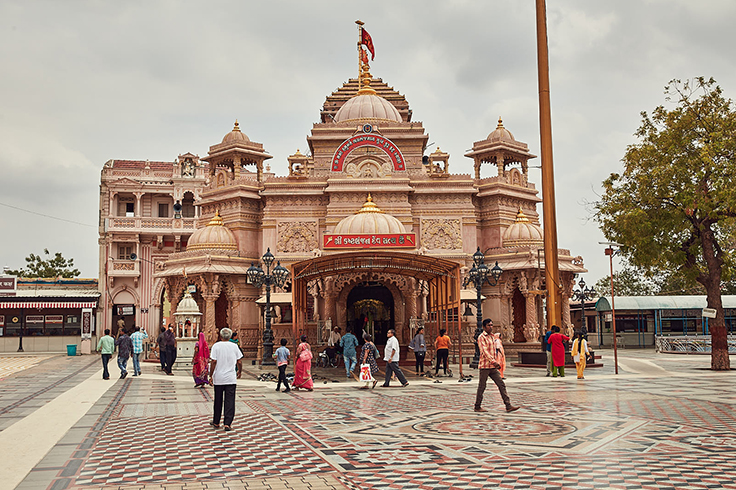
Hiranyakashipu’s Boon and His Defiance Against the Gods
In the rich tapestry of Hindu mythology, only a few stories captivate the imagination, like the tale of Hiranyakashipu and the origin of the Narasimha Avatar. The narrative of Hiranyakashipu, a formidable demon King, stands out, exploring the themes of ambition, arrogance and the consequences of hubris. The story of Hiranyakashipu is marked with the illusion of absolute power and deep-seated arrogance, which sealed the tragic fate of the Demon king. Hiranyakashipu is a powerful demon king from Hindu mythology, known for his arrogance and extreme antagonism towards God. Upon receiving a boon from Lord Brahma, which he believed made him immortal, he was supposed to be ecstatic, but his happiness was marred by the fact that his son, Prahlad, worshipped Vishnu. Blinded by his hatred towards Vishnu, the demon was pitted against his son and attempted many violent measures, setting the stage for a divine intervention.
The Origin of Narasimha Avatar
According to ancient Hindu mythology, when Vishnu, as the boar, rescued the Earth on his tusks, he had to kill demon Hiranyaksha, the brother of the demon King Hiranyakashipu. This incident travels into the Narasimha Avatar of Vishnu, marking the beginning of the Hiranyakashipu story, where his hatred of Vishnu, who killed his brother, leads him to his ultimate downfall. The incarnation of Vishnu’s Narasimha Avatar is also the first hybrid form of all the Dashavatara of Vishnu.
1. Hiranyakashipu’s Boon from Lord Brahma
The Hiranyakashipu story unfolds after his twin brother, Hiranyaksha, was killed by Varaha, one of the Dashavatara of Vishnu. He was furious, and in order to gain mystical powers to kill Lord Vishnu, he spent many years in austerity and penance to please Brahma. His efforts bore fruit when his prayers were answered, and Lors Brahma appeared in front of him. Pleased by Hiranyakashipu’s dedication, he granted him a boon. Since Brahma refused to offer him immortality, Hiranyakashipu manipulated the supreme power and designed a boon that would make him as good as immortal. Hiranyakashipu boon made him invulnerable and unkillable by man or beast, neither during the day nor at night, nor in space or on earth. Hiranyakashipu felt victorious when Brahma said “Tathastu” and believed that his boon made him invincible.
2. The Tyranny of Hiranyakashipu
With Hiranyakashipu’s boon from Lord Brahma, which practically made him indestructible by man or animal, inside or outside, during day or night, on earth or in the sky, by any weapon, he set his eyes on revenge and stood opposed to the devas. He was already an arrogant King, mighty, but the boon ensured no one could kill him, rendering him invincible. Fuelled with ego and overconfidence, he openly opposed Lord Vishnu and established a reign of terror across the heavens, the earth, and the realms below. This made him synonymous with tyranny as he executed treacherous deeds and persecuted the gods, who dared to defy his rule.
3. Prahlada: The Devoted Son
The birth of his son Prahlada came as an utter disappointment, when Prahlad’s devotion towards Lord Vishnu became prominent day by day. No efforts or teaching against Vishnu made any impact on his son, who was an ardent devotee of Vishnu and claimed Shri Vishnu as the Omnipresent. The story of Prahlada and Hiranyakashipu was marked by unlawful and poisonous deeds committed by a father to kill his son. Frustrated with Prahlada’s chanting of Lord Vishnu, Hiranyakashipu tried to harm Prahlada through many means, and yet saw his son saved by Vishnu’s mystical powers.
4. Hiranyakashipu’s Attempts at Murdering Prahlada
From throwing Prahlad in a room full of poisonous snakes and under the feet of elephants to poisoning him and throwing him off a cliff into the ocean, Hiranyakashipu did it all, and yet Prahlada survived. When Prahlada emerged back from the depths of the sea, Hiranyakashipu resorted to other measures. In one of his attempts, Hiranyakashipu enlisted the help of his sister, Holika, who possessed a boon of immunity against fire. The demon king ordered Holika to sit in a blazing inferno with Prahlada on her lap, with the intention of killing him. However, to everyone’s surprise, the engulfing flames took out Holika, as Prahlad remained unharmed due to Vishnu’s protective grace. This story of Prahlada and Hiranyakashipu is a renowned tale associated with Holika Dahan, during the festival of Holi. The burning of Holika when she tried to burn her nephew represents the ‘victory of good over evil’.
5. The Divine Intervention
The Hiranyakashipu story reaches its climax with an epic confrontation, when pointing at a nearby pillar, he asked Prahlada whether Vishnu is everywhere, and smashed the pillar with a mighty blow of his mace. Then the incarnation happened, as the Narasimha avatar of Vishnu appeared with a deafening roar, tearing apart clouds and dust. His head was that of a lion while his body was of a man, with dark, rimmed, yellow brown eyes and a mane laid over his muscled shoulder. He was the fourth avatar of Vishnu, and a blend of divinity and wrath. Lord Narasimha killing Hiranyakashipu happened during the twilight, in the threshold of a courtyard, where he grabbed the mighty demon, and, laying him on his thigh, tore him apart with nothing but his long nails.
Conclusion
And thus, neither a creation of Brahma killed Hiranyakashipu, nor a man nor a beast, but both. He was killed by an avatar, without the use of any weapons, at twilight, and in the threshold of a courtyard which is neither outside a residence nor inside. Lastly, Lord Narsimha lifted him to his thighs, so that he was neither on the ground nor in the sky at the time of his death. Therefore, the Hiranyakashipu boon that he wielded as his weapon proved to be his undoing, reminding him of the consequences of arrogance and the importance of humility. The theme of this story resonated through generations, illustrating the interplay between illusion and authenticity, power and humility, magic and belief.




